

Articles
How Often Should A Refrigerator Run
Modified: October 20, 2024
Find out how often your refrigerator should be running with our informative articles. Keep your appliance running efficiently with our valuable tips and recommendations.
(Many of the links in this article redirect to a specific reviewed product. Your purchase of these products through affiliate links helps to generate commission for Storables.com, at no extra cost. Learn more)
Introduction
Refrigerators are an essential appliance in modern households, keeping our food fresh and drinks cold. We rely on them to maintain a consistent temperature and operate efficiently. But have you ever wondered how often a refrigerator should run? Understanding the ideal running duration can help you optimize energy consumption, prolong the lifespan of your appliance, and save money on utility bills.
Before we delve into the factors affecting refrigerator running time and ways to optimize it, let’s first explore the basic functioning of the refrigeration cycle.
Key Takeaways:
- Aim for a refrigerator to run 40% to 80% of the time to maintain optimal performance. Monitoring signs of excessive running, such as high energy bills and food spoilage, can help identify potential issues.
- Optimize running time by setting the correct temperature, organizing the refrigerator, checking the door seal, and maintaining proper ventilation. These measures can reduce energy consumption and improve overall performance.
Read more: How Often Should A Hot Tub Filter Cycle Run
Understanding the Refrigeration Cycle
The refrigerator’s cooling system relies on a continuous cycle known as the refrigeration cycle. This cycle involves the transfer of heat from the inside of the refrigerator to the external environment. Here’s a simplified breakdown of the refrigeration cycle:
- Compression: The compressor, located at the back of the refrigerator, compresses the refrigerant gas, raising its temperature and pressure.
- Condensation: The hot and pressurized refrigerant gas enters the condenser coils on the back or bottom of the appliance. As it cools down, it condenses into a high-pressure liquid.
- Expansion: The high-pressure liquid refrigerant passes through an expansion valve or capillary tube. This restricts the flow, causing the refrigerant to expand rapidly and cool down.
- Evaporation: The cool refrigerant flows into the evaporator coils inside the refrigerator. As it evaporates, it absorbs heat from the interior, creating a cool environment.
This continuous cycle allows the refrigerator to maintain a consistent temperature and keep the contents cold.
Now that we have a basic understanding of the refrigeration cycle, let’s explore the factors that can affect how often a refrigerator runs.
Factors Affecting Refrigerator Running Time
The running time of a refrigerator can vary depending on several factors. Understanding these factors can help you gauge whether your refrigerator is running efficiently or if adjustments need to be made. Here are the main factors that can influence refrigerator running time:
- Temperature Setting: The temperature setting on your refrigerator plays a significant role in its running time. If you set the temperature too low, the compressor will need to work harder to maintain the colder temperature, resulting in longer running cycles. Conversely, setting the temperature too high can lead to shorter running cycles but may compromise food safety.
- Refrigerator Size: The size of your refrigerator can impact running time. Larger refrigerators tend to take longer to cool down, thus increasing the overall running time. Additionally, if the refrigerator is not properly filled, empty spaces can lead to more frequent cycling as cold air is lost when the door is opened.
- Frequency of Door Openings: Every time you open the refrigerator door, warm air from the room enters, and the refrigerator needs to cool it down. The more frequently the door is opened, the longer the running time required to bring the temperature back to the desired level.
- Location and Ambient Temperature: The location of your refrigerator in your home and the ambient temperature of the room can affect running time. Placing the refrigerator next to a heat source or in direct sunlight can cause it to run longer. Similarly, if the room temperature is unusually high, the refrigerator will have to work harder to maintain the desired temperature.
- Proper Ventilation: Ensuring that the refrigerator’s coils and ventilation areas are clean and free from dust and debris is crucial for optimal performance. Restricted airflow can lead to longer running cycles as the compressor works harder to cool the refrigerant.
Keep in mind that each refrigerator may have unique characteristics and energy efficiency ratings, which can also affect running time. Understanding these factors can help you determine whether your refrigerator is running within normal parameters or if adjustments or maintenance are needed to optimize its performance.
Now that we have covered the factors that impact refrigerator running time, let’s explore the ideal running duration for a refrigerator.
Ideal Refrigerator Running Duration
While there is no specific duration that defines the “ideal” running time for a refrigerator, there are some general guidelines to keep in mind. On average, a refrigerator should run for 40% to 80% of the time to maintain proper cooling and humidity levels.
It is important to note that during the running time, the compressor is not continuously running at full power. The compressor cycles on and off as needed to maintain the desired temperature. This cycling is normal and ensures energy efficiency while still keeping your food cold.
If your refrigerator is running for less than 40% of the time, it may indicate that the appliance is not keeping the contents cool enough, potentially leading to food spoilage. On the other hand, if the refrigerator is running for more than 80% of the time, it may indicate an issue with either the temperature setting or the efficiency of the appliance, which can result in higher energy consumption and increased wear and tear on the compressor.
Keep in mind that these guidelines can vary depending on the specific model and age of the refrigerator. Newer, more energy-efficient models tend to have shorter running cycles compared to older, less efficient ones.
Now that we understand the ideal running duration, let’s explore the signs that may indicate excessive refrigerator running.
A refrigerator should run for about 50-80% of the time in order to maintain proper temperature and food freshness. If it runs more or less than that, it may indicate a problem that needs to be addressed.
Signs of Excessive Refrigerator Running
While it’s normal for a refrigerator to run for a significant portion of the time, there are certain signs that can indicate excessive running. Monitoring these signs can help you identify potential issues and take appropriate action. Here are some signs of excessive refrigerator running:
- High Energy Bills: If you notice a sudden increase in your energy bills without any other significant changes in your household, it could be a sign that your refrigerator is running excessively. Higher energy consumption indicates that the refrigerator is working harder and longer than necessary to maintain the desired temperature.
- Excessive Heat: If you feel excessive heat radiating from the back of the refrigerator or notice that the walls of the appliance feel warmer than usual, it may indicate that the compressor is running continuously. This can be a sign of a malfunctioning component or an issue with the temperature regulation.
- Frequent Cycling: While cycling is normal for a refrigerator, frequent and rapid cycling, where the compressor turns on and off in short intervals, can indicate a problem. This could be caused by a faulty thermostat, improper temperature settings, or inadequate insulation, leading to temperature fluctuations inside the refrigerator.
- Food Spoilage: If you consistently find that your food is spoiling before its expiration date or if items in your refrigerator are not staying as fresh as they should, it could be a sign of excessive running. An inefficient refrigerator may struggle to maintain proper temperatures, resulting in accelerated food spoilage.
- Noises: Unusual and loud noises coming from your refrigerator, such as buzzing, rattling, or grinding sounds, can be an indicator of underlying issues. Excessive running may put additional strain on the compressor or other components, leading to abnormal noises.
If you notice any of these signs, it is advisable to have your refrigerator inspected by a professional technician. They can diagnose the problem and recommend appropriate repairs or adjustments to optimize the running time and efficiency of the appliance.
Now, let’s explore some ways to optimize your refrigerator’s running time and energy efficiency.
Read more: How Often Should Plumbing Be Replaced
Ways to Optimize Refrigerator Running Time
Optimizing your refrigerator’s running time can not only improve energy efficiency but also extend the lifespan of the appliance. Here are some effective ways to optimize the running time of your refrigerator:
- Set the Temperature Correctly: Ensure that the temperature setting on your refrigerator is appropriate for your needs. For most households, a temperature between 37 to 40 degrees Fahrenheit (3 to 4 degrees Celsius) in the refrigerator compartment and 0 to 5 degrees Fahrenheit (-18 to -15 degrees Celsius) in the freezer compartment is suitable.
- Keep the Refrigerator Well-Organized: Proper organization within the refrigerator can minimize the time the door is open and reduce cold air loss. Label and group items together, placing frequently used items in easily accessible areas to limit the amount of time the door is open.
- Check the Door Seal: Inspect the door seal, or gasket, for any signs of wear or damage. A faulty seal can allow warm air to seep into the refrigerator, leading to longer running cycles. Replace the seal if necessary to ensure a tight and effective closure.
- Allow Space for Proper Ventilation: Ensure that your refrigerator has enough space at the back and sides for proper ventilation. Proper airflow prevents the compressor from overheating, optimizing its efficiency and reducing running time.
- Regularly Clean the Coils: Dust and debris can accumulate on the condenser coils, inhibiting heat transfer and causing the refrigerator to run longer. Clean the coils at least twice a year to maintain optimum performance. Refer to the manufacturer’s instructions on how to properly clean the coils.
- Minimize Warm Air Intake: Be mindful of how often and how long you keep the refrigerator door open. Avoid unnecessary openings and try to retrieve multiple items at once to minimize the time the door is open.
- Keep the Room Temperature in Check: Ensure that the ambient temperature in the room where the refrigerator is located is within the recommended range (typically between 60 and 80 degrees Fahrenheit or 15 to 27 degrees Celsius). Extremely high or low room temperatures can affect the refrigerator’s cooling efficiency.
- Consider the Appliance’s Age: Older refrigerators may be less energy-efficient compared to newer models. If your refrigerator is outdated and showing signs of inefficiency, it may be worth considering an upgrade to a more energy-efficient model.
Implementing these measures can help optimize the running time of your refrigerator, reducing energy consumption and improving its overall performance.
Now, let’s summarize what we’ve learned so far.
Conclusion
Understanding how often a refrigerator should run is essential for maintaining its efficiency, prolonging its lifespan, and saving energy. While there is no specific duration that defines the “ideal” running time, aiming for a range of 40% to 80% of the time is generally recommended for optimal performance.
Factors such as temperature settings, refrigerator size, door openings, location, and ventilation can affect the running time. Monitoring signs of excessive running, such as high energy bills, excessive heat, frequent cycling, food spoilage, and unusual noises, can help identify potential issues that require attention.
To optimize the running time and energy efficiency of your refrigerator, set the temperature correctly, keep the refrigerator well-organized, check the door seal, allow space for proper ventilation, and regularly clean the coils. Additionally, minimizing warm air intake, maintaining an appropriate room temperature, and considering an upgrade to a more energy-efficient model can further contribute to optimizing running time.
By applying these measures, you can ensure that your refrigerator operates efficiently, keeping your food fresh while minimizing energy consumption and reducing utility costs.
Remember to consult the manufacturer’s guidelines and seek professional assistance if you encounter any persistent issues or concerns.
Optimizing the running time of your refrigerator not only benefits you financially but also helps protect the environment by reducing energy consumption. So, take the necessary steps to ensure your refrigerator runs efficiently and enjoy the benefits of a well-performing appliance.
Frequently Asked Questions about How Often Should A Refrigerator Run
Was this page helpful?
At Storables.com, we guarantee accurate and reliable information. Our content, validated by Expert Board Contributors, is crafted following stringent Editorial Policies. We're committed to providing you with well-researched, expert-backed insights for all your informational needs.

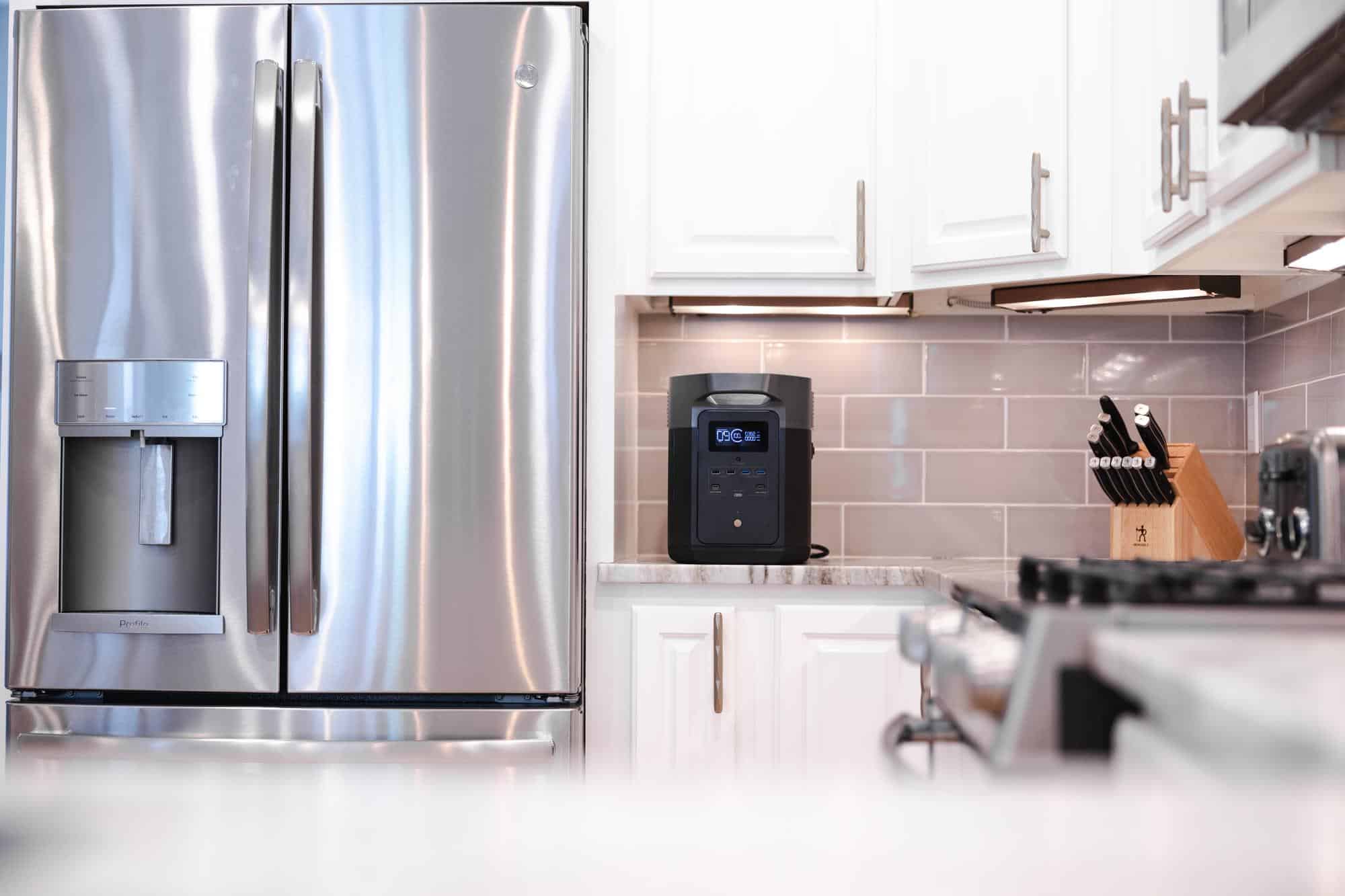
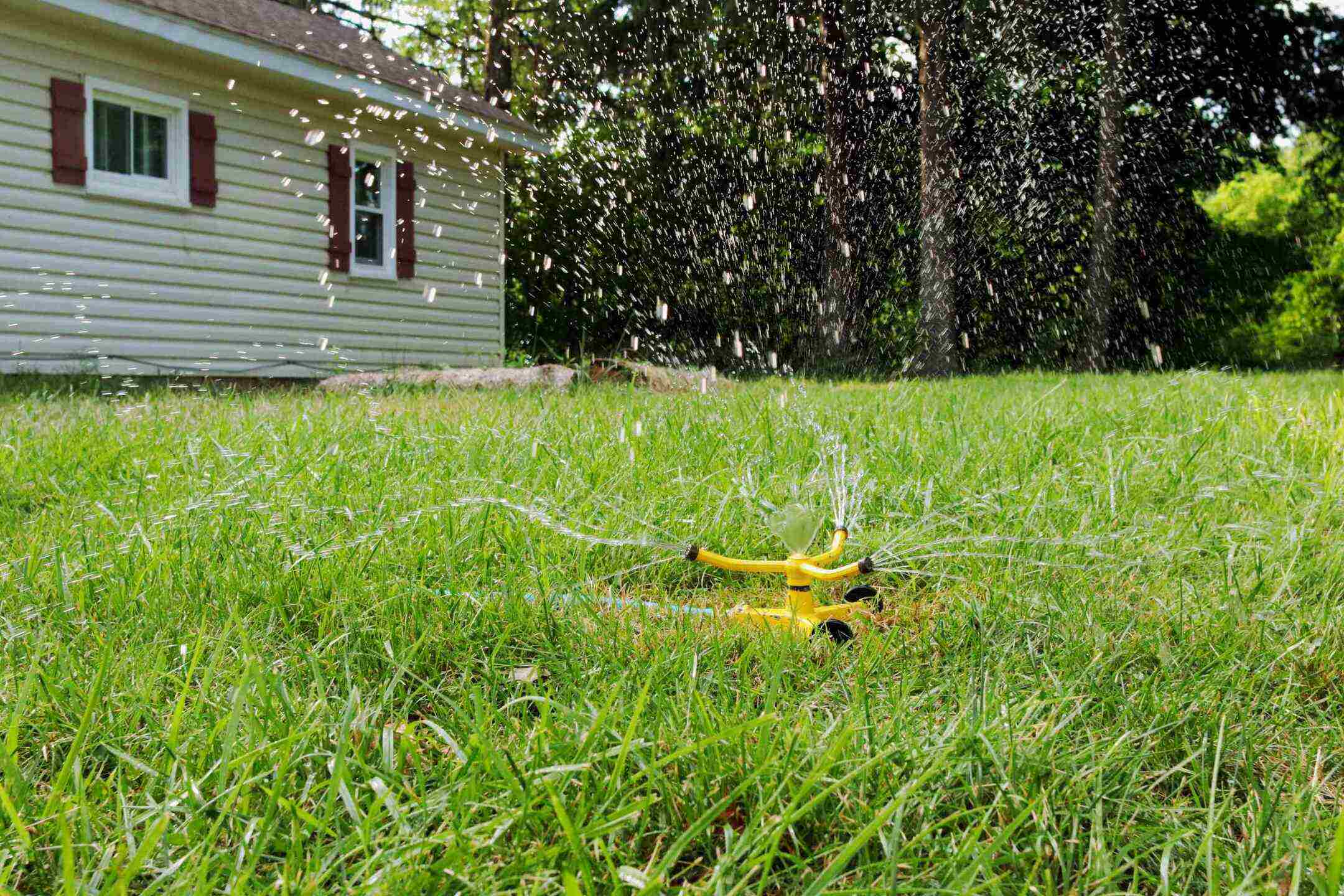

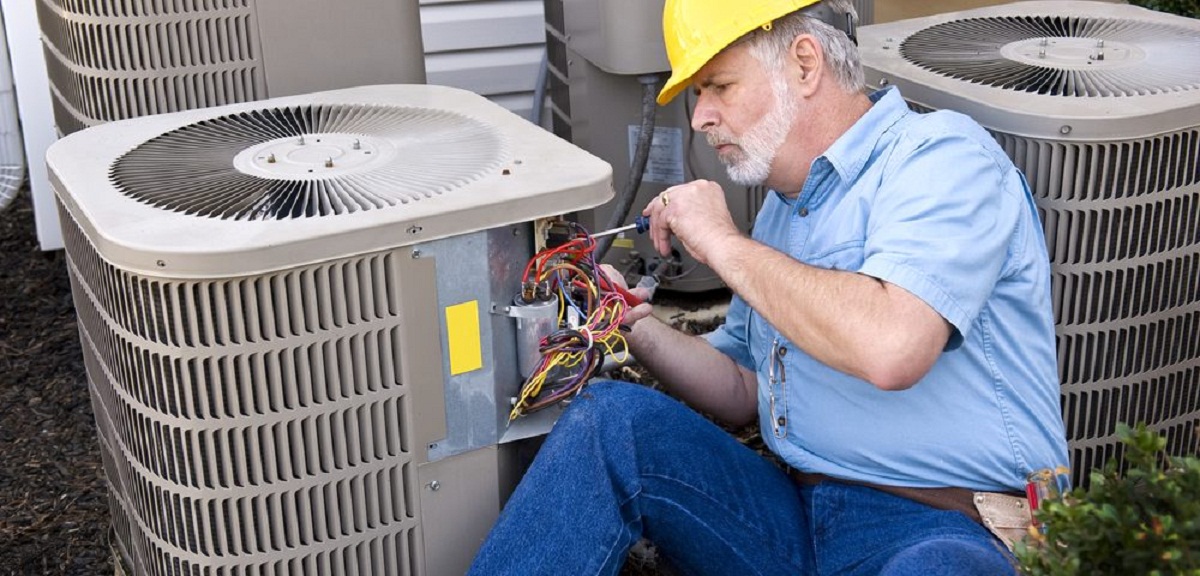


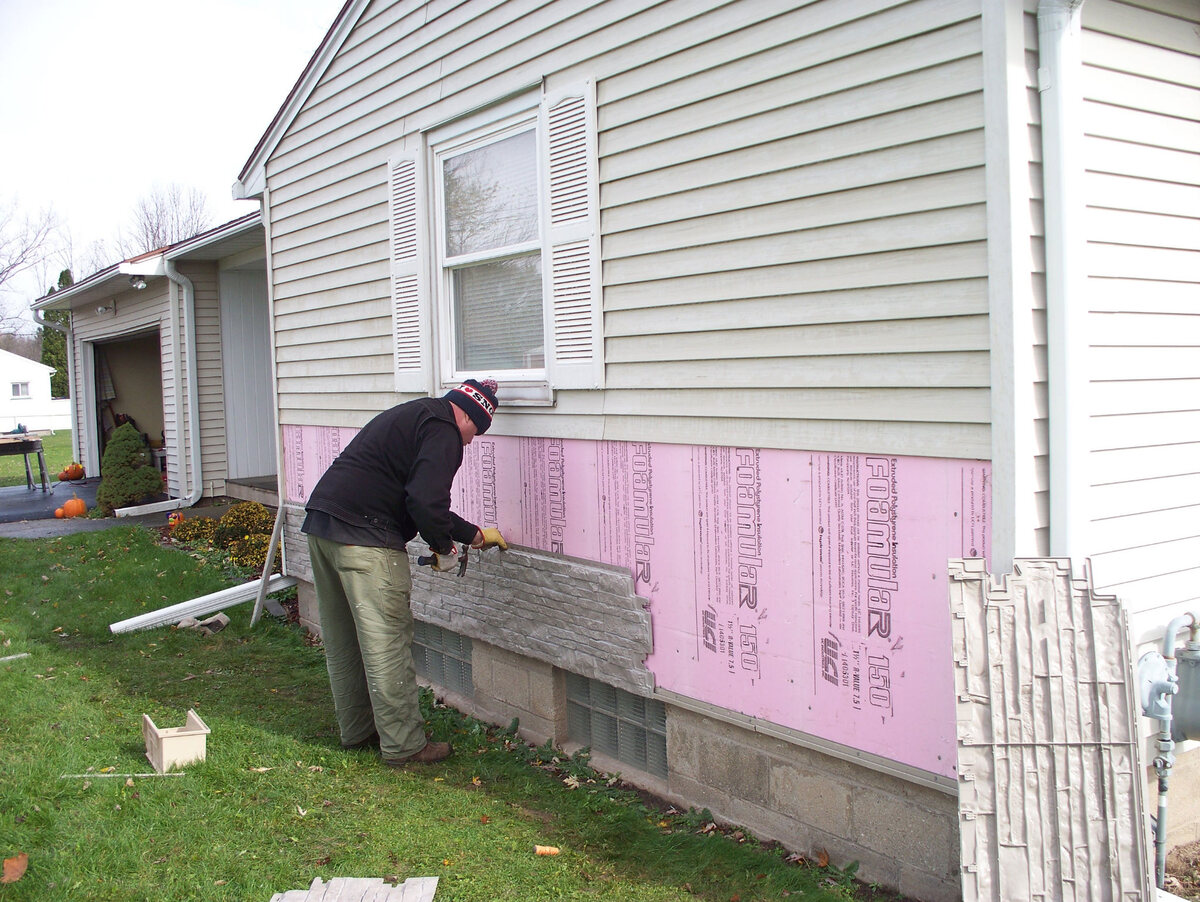
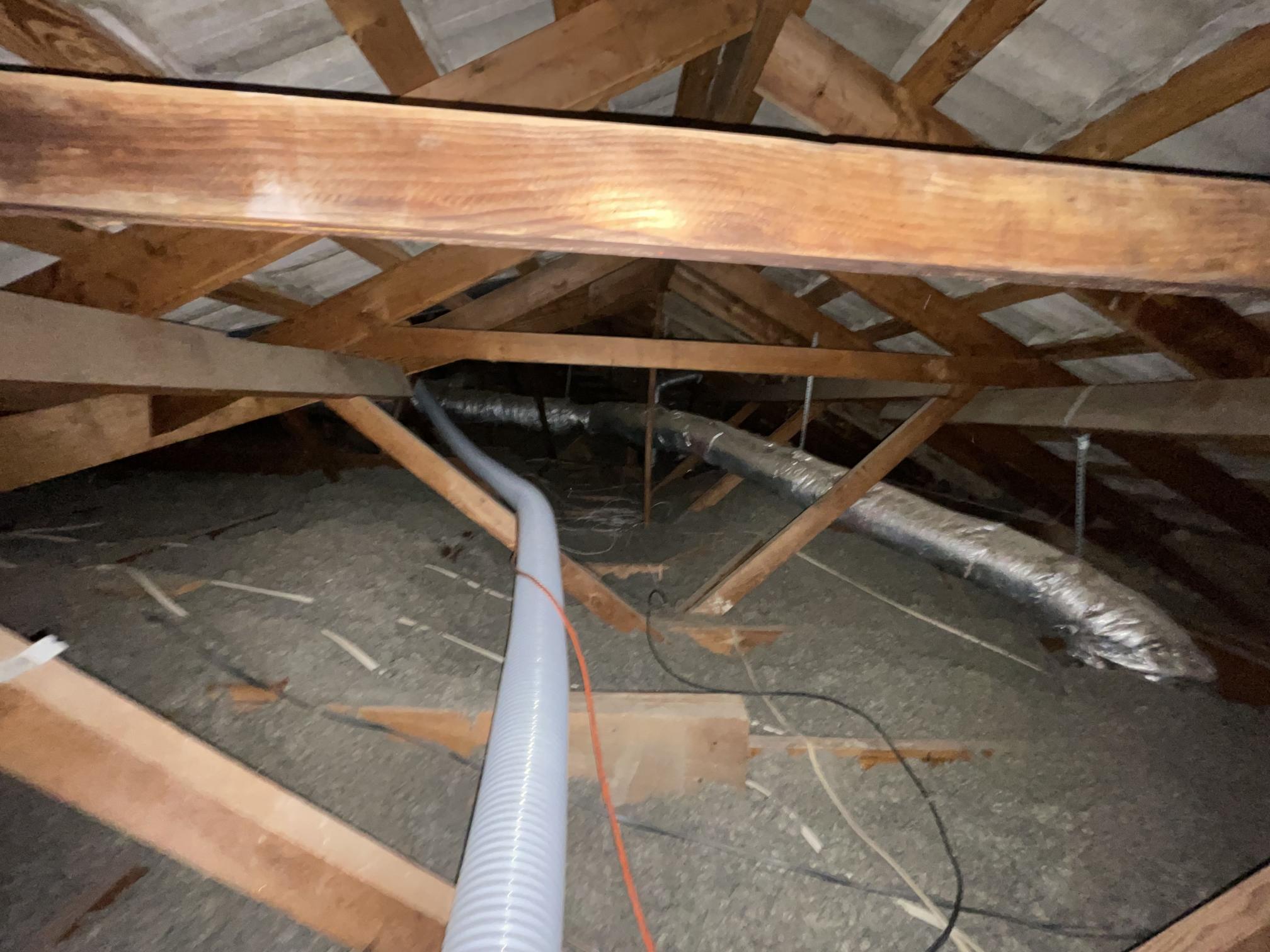
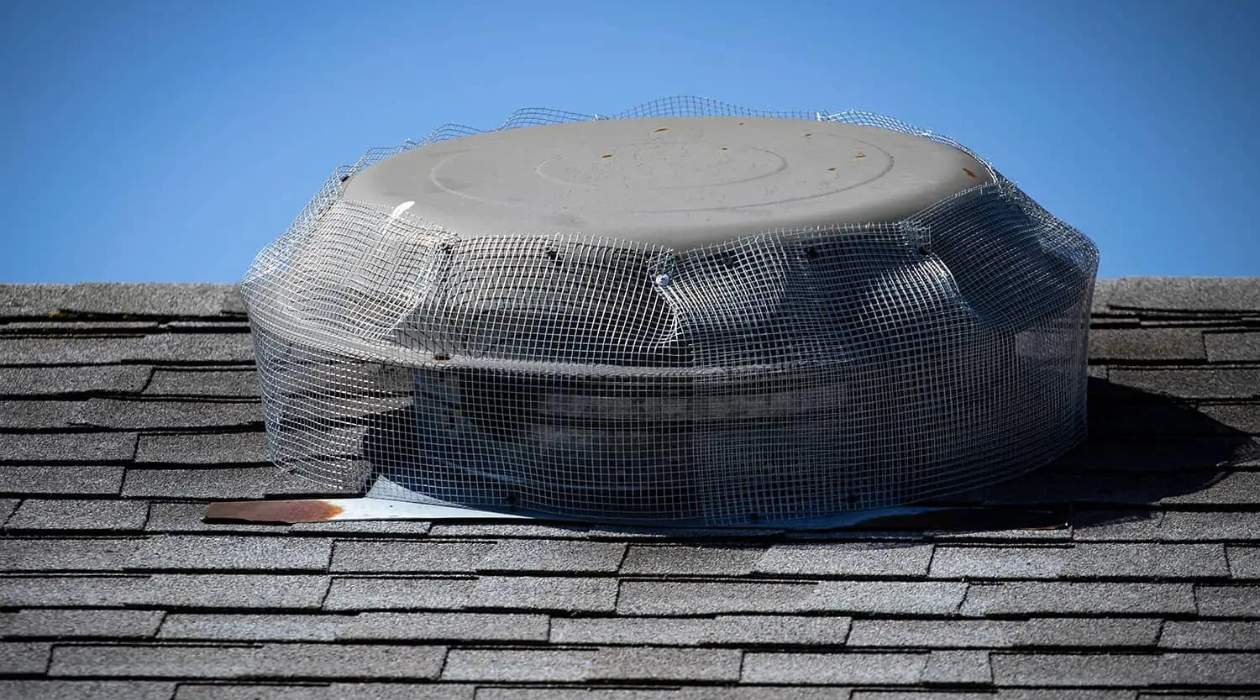
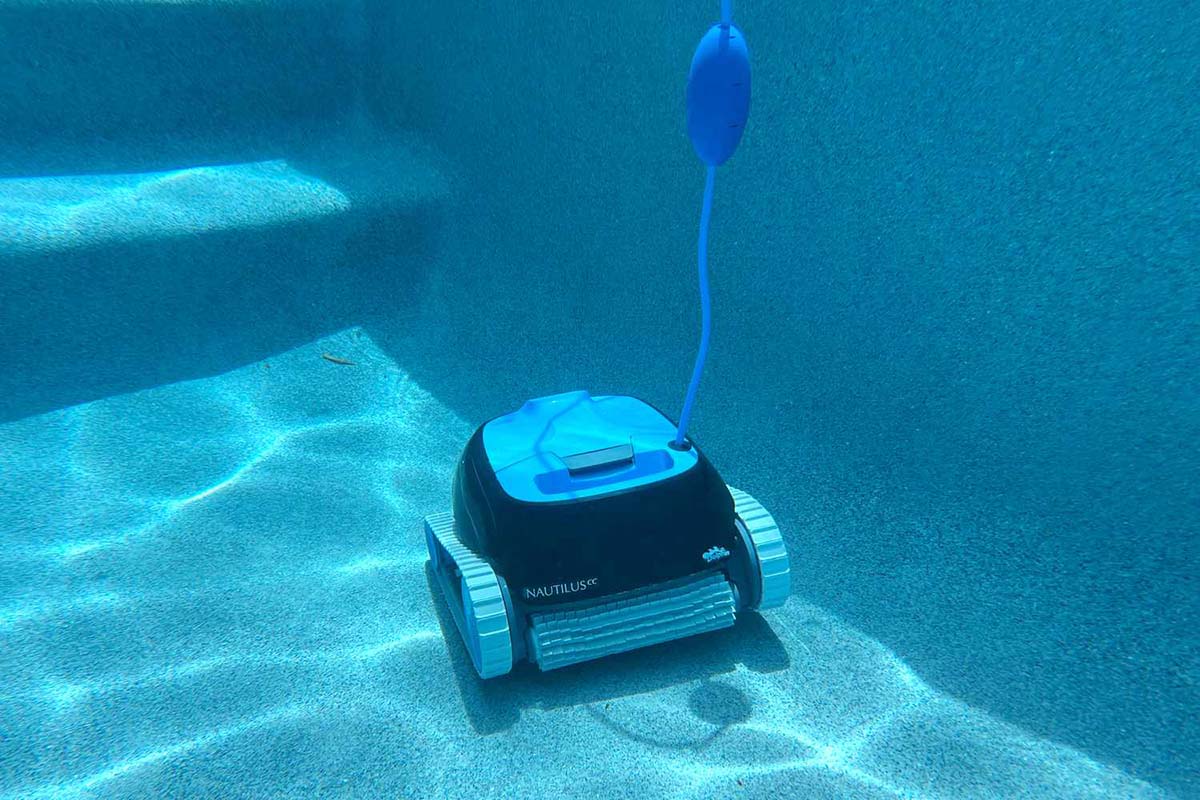
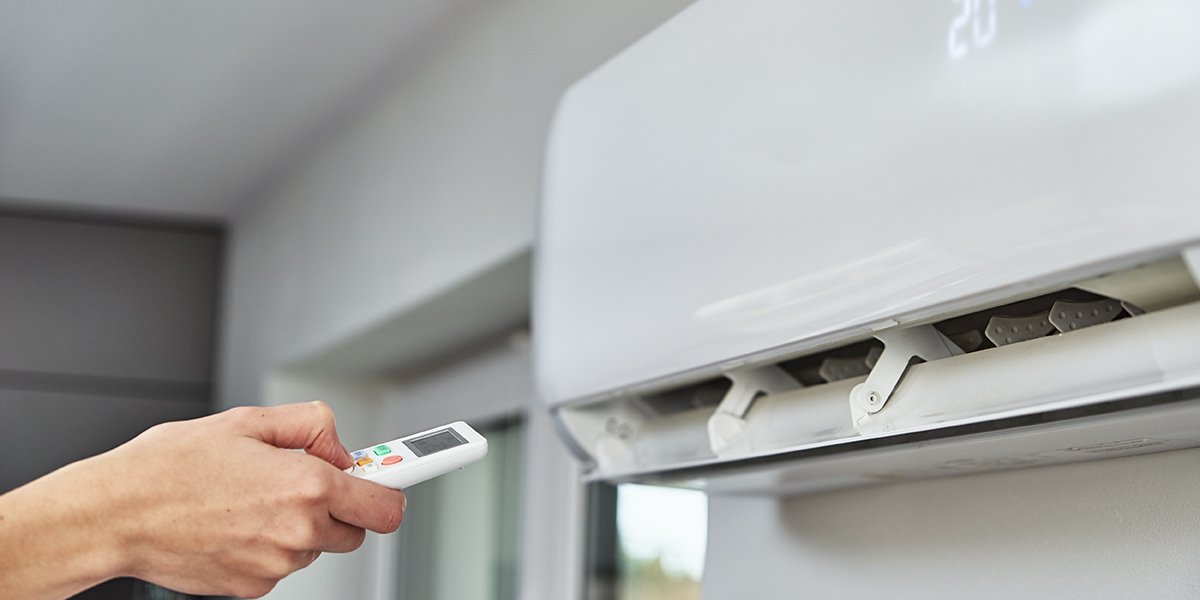



0 thoughts on “How Often Should A Refrigerator Run”